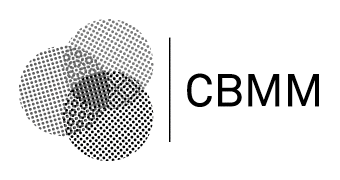CBMM Virtual Research Meeting: Noga Zaslavsky
Title: Efficient compression and linguistic meaning in humans and machines
Abstract: In this talk, I will argue that efficient compression may provide a fundamental principle underlying the human capacity to communicate and reason about meaning, and may help to inform machines with similar linguistic abilities. I will first address this at the population level, showing that pressure for efficient compression may drive the evolution of word meanings across languages, and may give rise to human-like semantic representations in artificial neural networks trained for vision. I will then address this at the agent level, where local context-dependent interactions influence the meaning of utterances. I will show that efficient compression may give rise to human pragmatic reasoning in reference games, suggesting a novel and principled approach to informing machine learning systems with pragmatic skills.
https://mit.zoom.us/j/99968215057?pwd=dVJsRzFXcFVYNzZnSUY1d05lcDVRdz09
Password: compress
Organizer: Jean Lawrence Organizer Email: cbmm-contact@mit.edu




